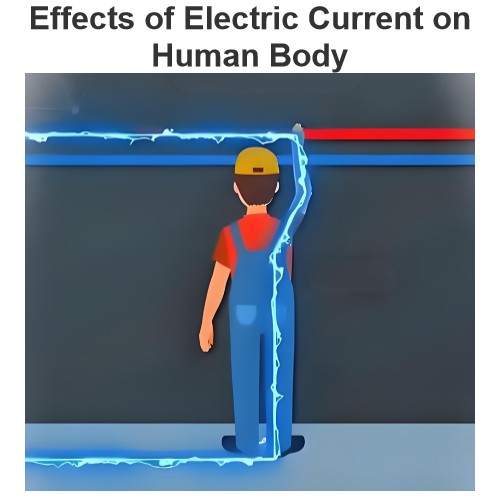How can we prevent current from flowing through people touching two hot wires in an ungrounded system?
Insulation protection
Insulation tools and equipment
In an ungrounded system, the use of insulating tools and equipment is an important means to prevent the current from flowing through the person touching the two live wires. For example, when operating electrical equipment, electricians should use well-insulated electrical pliers, screwdrivers and other tools. The insulated handle of these tools prevents electrical current from being transmitted through the tool to the human body. For the electrical equipment itself, its shell should be packaged with a material with high insulation properties, such as some high-quality plastic or ceramic materials, to avoid direct human contact with the live part.
Insulating protective equipment
Operators should wear insulation protective equipment, such as insulation gloves and shoes. Insulating gloves can provide additional insulation protection when the hand touches the electrical equipment, preventing the current from entering the body through the hand. Insulating shoes can prevent the human body from forming a loop with the ground through the foot, even in the case of contact with two fire wires, it can avoid current flow through the human body. For example, when working in high-voltage places such as substations, staff must wear insulation gloves and shoes that meet the standard to ensure their own safety.
Safety practice and training
Formulate strict operating norms
Establishing strict safety practices is essential to prevent such electric shocks. For example, when inspecting or maintaining an electrical line, cut off the power supply and perform a power check to ensure that the line is powered off before performing the operation. At the same time, avoid contact with two live wires or other live parts at the same time during operation. In multi-person collaborative electrical work, special personnel should also be set up to monitor, to ensure that the operator strictly abide by the operating specifications.
Personnel safety training
Conduct comprehensive safety training for personnel engaged in electrical related work. The training content should include the electrical characteristics of the ungrounded system, the understanding of the risk of electric shock, and the correct operation method. Through training, staff are fully aware of the dangers of touching two fire wires in an ungrounded system, and their safety awareness and self-protection ability are enhanced. For example, through case studies, practical demonstrations, etc., let staff intuitively understand the serious consequences that may be brought about by non-compliance with safety regulations.
Electrical system design and protection devices
Electrical isolation
In the electrical system design, electrical isolation technology can be used. For example, the different parts of the circuit are separated by the isolation transformer, so that when one part of the circuit touches two live wires, the current will not be transmitted to other parts of the circuit, thus avoiding harm to the human body. There is no direct electrical connection between the primary and secondary windings of the isolation transformer, but the electrical energy is transmitted through magnetic field coupling, which can effectively block the conduction path of the current between different circuits.
Leakage protection device
Although it is an ungrounded system, the installation of leakage protection devices is still an effective protective measure. The leakage protection device can detect the leakage current in the circuit, and when the detected leakage current exceeds the set value (such as 30mA), it will quickly cut off the circuit power. Even in an ungrounded system, when someone contacts two live wires at the same time, resulting in current leakage (such as forming a new circuit through the human body), the leakage protection device can act in time to prevent the occurrence of electric shock accidents.
The Electricity Encyclopedia is dedicated to accelerating the dissemination and application of electricity knowledge and adding impetus to the development and innovation of the electricity industry.













